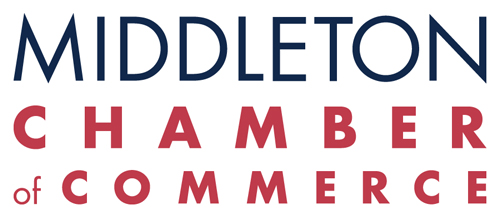From Conflict to Collaboration: Turning Workplace Disputes into Growth Opportunities
Workplace conflicts are inevitable—but they don’t have to be toxic. Great leaders turn disagreements into collaboration opportunities. This article covers: Communication frameworks that promote understanding Mediation techniques to defuse tension Strategies for creating win-win solutions Handled well, conflict strengthens teams and sparks innovation. Let’s turn friction into progress. 527 words ~ 2.5 min.
Kate Miller
Mastering Emotional Agility: A Vital Leadership Skill for Modern Workplaces
Why it matters: Leaders equipped with emotional agility can adapt to challenges, manage stress, and foster stronger team dynamics. In today’s fast-paced workplace, emotional agility isn’t just a "soft skill"—it’s a critical leadership tool. Key takeaway: Cultivating emotional agility involves acknowledging emotions without being controlled by them, aligning actions with values, and creating a culture of openness and resilience. 540 words ~ 2.5 min.
Kate Miller
AI for Small Businesses: Practical Steps to Boost Efficiency and Customer Engagement
AI tools are revolutionizing small businesses by boosting efficiency, automating repetitive tasks, and enhancing customer engagement. Start by identifying bottlenecks in operations or customer experience, then explore AI tools tailored to your needs. Begin small with solutions like chatbots for customer support or AI-powered scheduling tools to save time and resources. ~ 764 words — 3.5 min. read
Kate Miller
Empowering First-Time Leaders: 5 Steps to Build Confidence and Success
Clarity is Key: Establish clear goals, roles, and expectations to align the team, reduce ambiguity, and create accountability. Regular check-ins help maintain focus and celebrate progress. Earn Trust: Build trust by being authentic, transparent, and reliable. Actively listen, follow through on commitments, and show your team they can count on you. Communicate Effectively: Foster open dialogue, practice active listening, and adapt your communication style to suit different audiences, ensuring clarity and
Kate Miller
FORD vs. HEFE: Frameworks for Networking and Small Talk
FORD (Family, Occupation, Recreation, Dreams) and HEFE (Hobbies, Experiences, Future, Education) are two frameworks for networking and small talk. FORD focuses on personal and aspirational topics, while HEFE emphasizes shared experiences and individual growth. Use FORD for rapport-building and HEFE for deeper, curiosity-driven conversations. Master both to navigate diverse networking scenarios effectively. ~ 400 words, 2.5 minute read
Kate Miller
Navigating Networking: When to Say No
Not every networking invitation is worth your time. Watch for red flags: 1️⃣ A pitch, not a relationship. 2️⃣ Questionable reputation. 3️⃣ Asking for help too soon. 4️⃣ Past negative interactions. Decline respectfully, and prioritize meaningful connections. 456 words ~ 2.5 minute read
Kate Miller
The Art of Giving Feedback That Inspires Instead of Discourages
Delivering constructive feedback is vital for team growth and morale. Effective feedback should be specific, timely, and focused on behaviors rather than personal attributes. Utilizing the "sandwich" approach — starting with positive feedback, addressing areas for improvement, and concluding with encouragement — can enhance receptivity. Empathy and active listening are crucial in fostering a supportive environment that encourages open dialogue and continuous development. 621 ~ 3 min. read
Kate Miller
Why Outsourcing Strengthens Small Businesses and Communities
Boosts Business Growth: Outsourcing non-core tasks lets small businesses focus on strengths, cut costs, and scale efficiently. Strengthens Communities: Partnering with local providers supports small businesses, creates jobs, and fosters innovation. Smart Strategy: Delegating specialized services drives business performance and fuels local economic resilience—everyone wins. 585 words ~ 3 minute read
Kate Miller
Budget-Friendly Marketing: Growth Tactics for Small Teams and Tight Budgets
Small businesses can thrive on tight budgets with smart, cost-effective marketing strategies: Leverage free tools: Use platforms like Canva (design), Mailchimp (email), and Google My Business (local SEO). Maximize organic reach: Share engaging, shareable content tailored to your audience. Repurpose & collaborate: Extend content life and partner with other businesses for mutual growth. Cost-effective paid ads: Use targeted Facebook and Google Ads sparingly but strategically. Growth doesn't require big
Kate Miller
Maximizing Efficiency: Tools and Techniques to Boost Team Productivity
Communicate clearly: Use tools like Trello or Asana + daily stand-ups for seamless alignment. Automate tasks: Save hours with Zapier and other workflow tools. Prioritize smartly: Eisenhower Matrix + time-blocking = focus where it matters. Support well-being: Encourage breaks for greater productivity, focus, and creativity 727 ~ 4 min. read
Kate Miller

.png)
.png)
.png)
.png)
.png)
.png)
.png)
.png)
.png)
.png)
